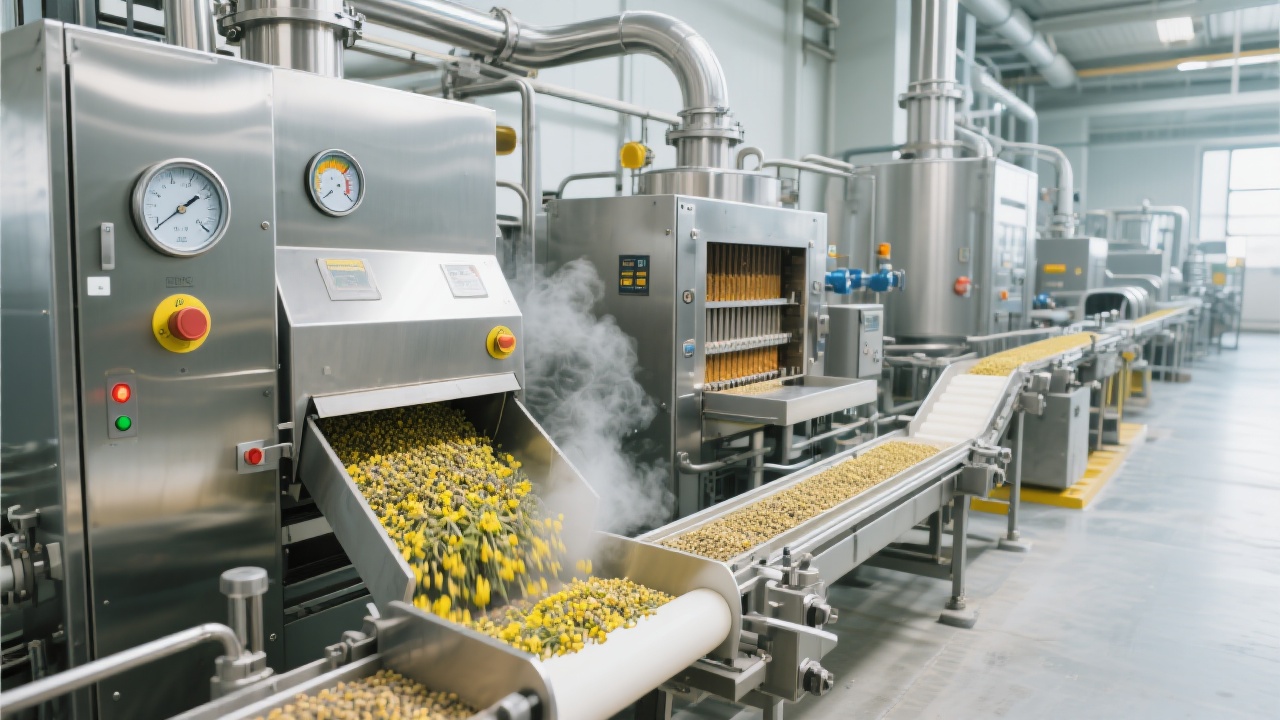
In the competitive landscape of vegetable oil manufacturing, improving production efficiency while maintaining product quality remains paramount. Among various oil extraction methods, the hot-press technique stands out as a proven approach to significantly boost oil yield and stabilize output. This article delves into the scientific principles behind hot-press sunflower seed oil presses, contrasts them with cold-press alternatives, and offers actionable insights for commercial-scale operations seeking to optimize cost-performance balances.
The core advantage of hot-pressing sunflower seeds lies in its ability to enhance oil release through controlled heating. Heating the seeds to temperatures typically between 80°C and 120°C disrupts the cellular matrix, weakening cell walls and breaking down oil-binding complexes. This thermal pre-treatment reduces oil viscosity and promotes easier oil flow during mechanical pressing.
From a biochemical perspective, heat application increases free oil availability without significantly degrading oil quality when properly controlled. The process aligns with the principle of thermal softening, commonly understood as “loosening the tight structure,” similar to how warming butter facilitates easier spreading. An industry expert from the International Oil Press Association notes, “Hot-pressing balances yield enhancement with quality preservation, making it ideal for large-scale sunflower oil manufacturers seeking stable and cost-effective productivity.”
| Feature | Hot-Press | Cold-Press |
|---|---|---|
| Typical Oil Yield | 40% - 45% | 30% - 35% |
| Processing Time per Batch | Shorter (20-30% faster) | Longer |
| Energy Consumption | Moderate (additional heating energy) | Lower |
| Oil Quality (Flavor & Nutrients) | High but slight heat impact | Highest (raw, pure flavor) |
| Capital & Operational Cost | Higher (due to heating infrastructure) | Lower |
As illustrated, the hot-press process delivers approximately 10% higher oil yield and reduces processing time by nearly one-fourth, directly translating into enhanced throughput and lower unit production costs. This makes hot-press presses especially suitable for commercial producers prioritizing volume and operational efficiency.
A sunflower oil producer in Eastern Europe transitioned from cold-press machines to a hot-press system incorporating precise heating controls. Prior to the upgrade, their batch yields averaged 33% with cycle times of 45 minutes. Following implementation of the hot-press machine:
This operational shift enabled the facility to meet escalating order volumes while maintaining product quality aligned with European edible oil standards, demonstrating the practical commercial advantages of hot-press technology.
To fully leverage hot-press advantages, manufacturers should consider the following operational parameters:
Implementing these measures can improve yield stability by up to 5% more compared to unoptimized hot-press processes, according to industry benchmarks.

In summary, hot-press sunflower seed oil presses present a compelling commercial solution by enhancing extraction efficiency, shortening processing cycles, and enabling scalable production while balancing cost-effectiveness and oil quality.
Are you facing challenges in increasing your sunflower oil production efficiency? Discover tailored commercial solutions based on proven hot-press technology that have helped peers cut costs and stabilize output.

